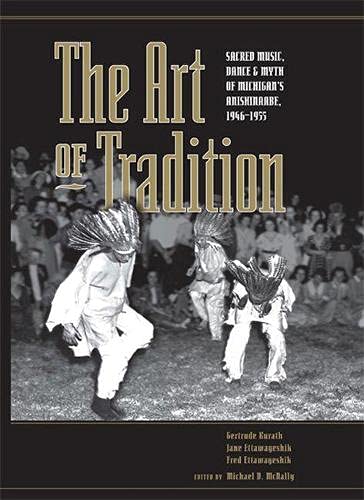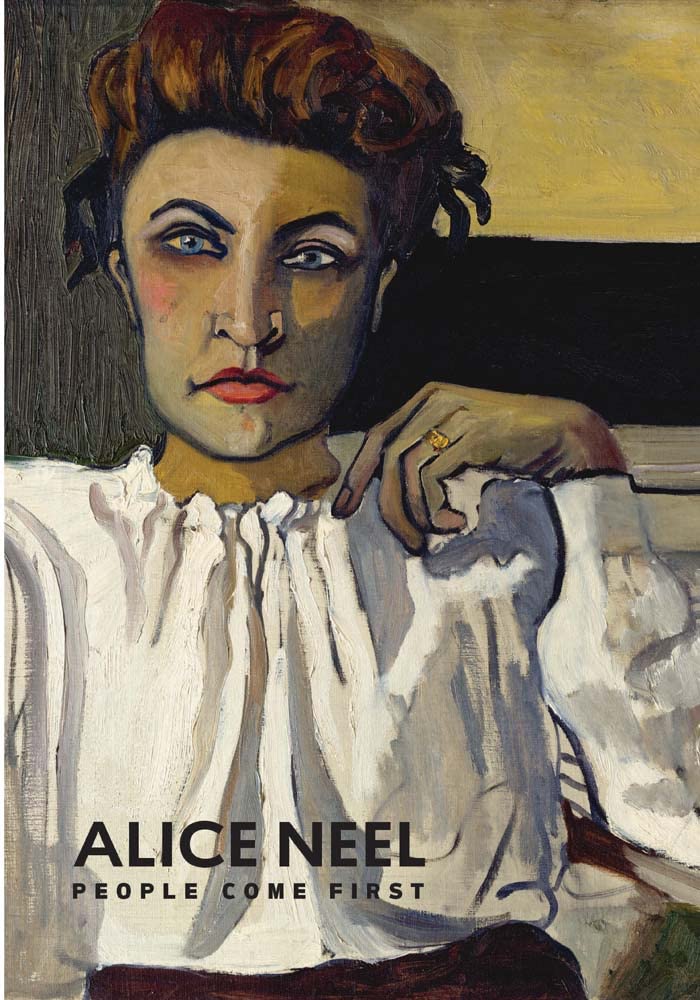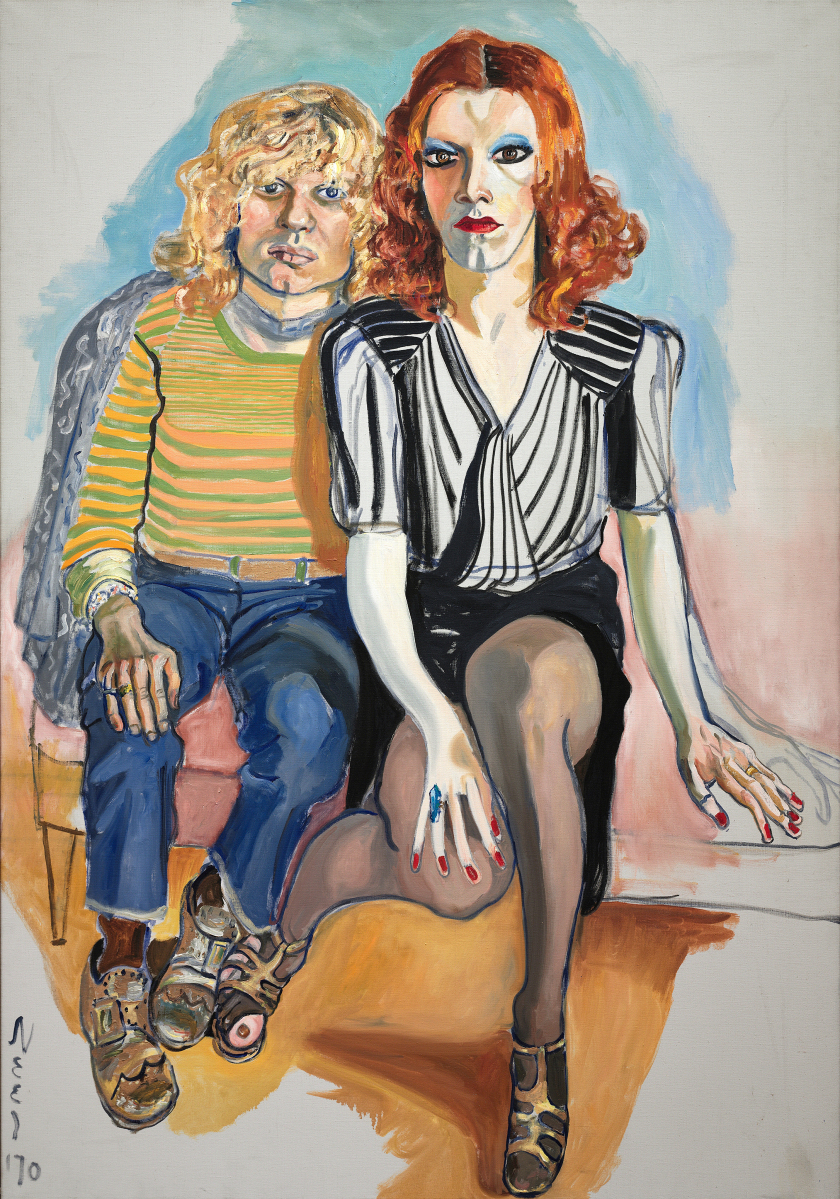Today is the 22nd birthday of my oldest grandchild, Nicholas. I miss flying out and spending time with the California branch. He and I texted back and forth today.
More books in the mail yesterday.

My copy of Susan Howe’s Singularities reminded me that next time I need to check and make sure the book is unmarked. This book is marked up in places.

Since Howe likes to mix it up on the page, extra marks from previous readers make it more difficult to decipher. Sheesh. The other books were in much better condition.

Talking to my therapist today I realized that all my reading about Native Americans are interior preparation for my next compositional project. The copy of The Art of Tradition that came in the mail yesterday is pristine. One thing I like about this book and the research is that it was way ahead of its time. The authors understood Native American traditions and expressions as a work in progress. This went against the grain of anthropologists and their ilk. It was so contrary that though it was finished in 1955, it is only recently available. It seems to be much clearer and helpful to think about Natives as real people with a living practice not one stuck in some idealized and misunderstood past.
The antinomian controversy, 1636-1638: A documentary history edited by David Hall was in excellent condition although obviously an older book. The original flyleaf is pasted inside the front cover. It has a good explanation of this book:
“This volume brings together the core documents in the Antinomian Controversy, the theological-turned-political disputation of 1636-1638 that shook Puritan Massachusetts to its roots, led to the defeat of one governor an the election of another, affected the relations between England and New England for years, determined the shape of Puritanism for the next century, and established Anne Hutchinson’s popular reputation as a martyr in the cause of intellectual freedom.”
I have already read extensively in the library copy. I find the transcripts of Hutchinson’s trial are riveting. I can picture all these intimidating white leaders grilling Hutchinson. Her replies are a model of coherence and confidence.

Elizabeth brought a new book with her on Wednesday, Alice Neel: People Come First. I had never head of Neel but Elizabeth helped me understand her genius. Yesterday morning we talked about Elizabeth’s art class and Alice Neel. I love to chat about stuff like this.

The book was issued as a catalog to a show at the Met last year. The paintings in it are beautiful and startling.


Elizabeth brought the book to use with her class. Cool beans!


